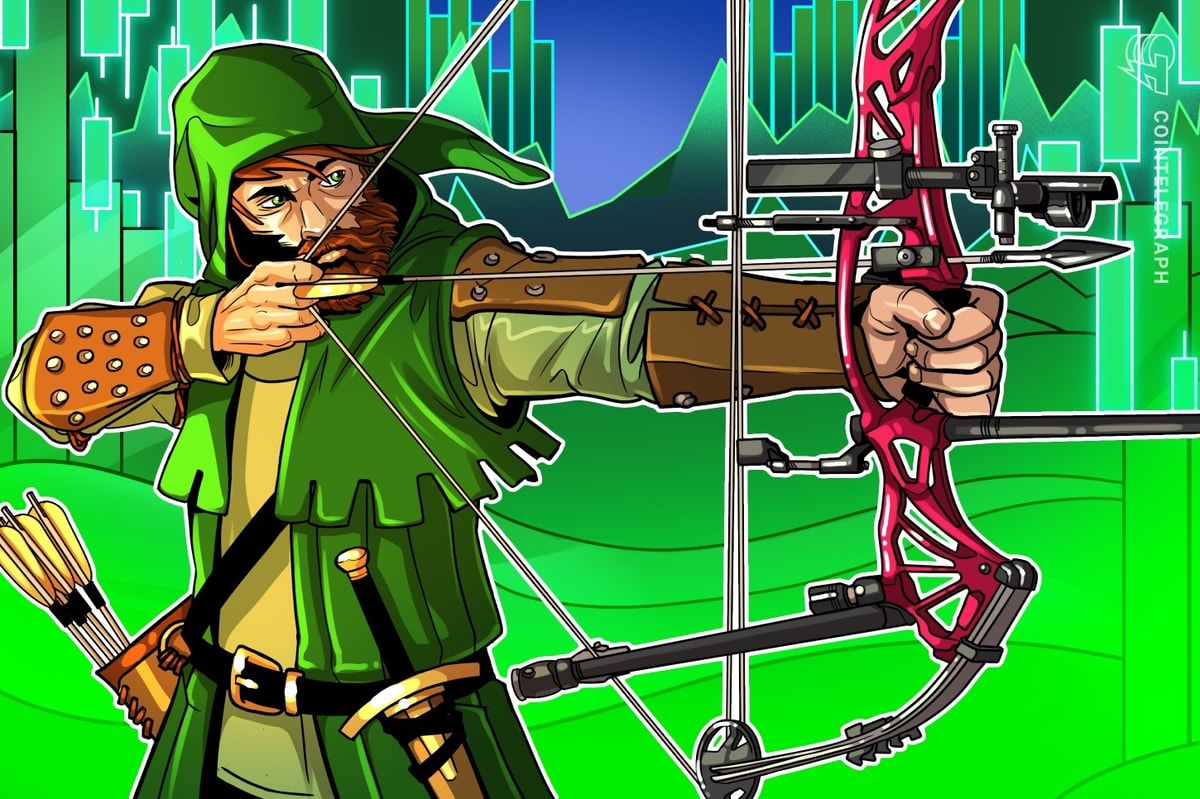You don’t see that every day: Bitcoin empty block found
2 min read
Bitcoin (BTC) is known for its robustness, security and predictability. Every 10 minutes–on average–the blockchain produces a new block and the successful miner earns a block reward of 6.25 BTC, circa $130,000.
However, every once in a while, the Bitcoin blockchain surprises observers and participants.
At block height 776,339, nodes across the network verified a completely empty block. The block was added to the Bitcoin blockchain with zero included transactions–leading to some confusion among the crypto community. So, what exactly is an empty block, and how does it happen?
First, while an empty block might seem strange at first, it’s actually a normal occurrence on the network. The last time it occurred was little over two weeks ago, in block 774486.
Miners are incentivized to mine blocks as quickly as possible, and sometimes they will mine a block before they have received any transactions to include. When this happens, the block remains empty.
The Bitcoin mempool, the go-to space for analysing the Bitcoin blockchain offers the following explanation: “When a new block is found, mining pools send miners a block template with no transactions so they can start searching for the next block as soon as possible. They send a block template full of transactions right afterward, but a full block template is a bigger data transfer and takes slightly longer to reach miners.”
“In this intervening time, which is usually no more than 1-2 seconds, miners sometimes get lucky and find a new block using the empty block template.”
In essence, the miners “got lucky” by mining a template. In this instance, the Bitcoin block at height 776,389 was added mere seconds after its predecessor, 776,488. ?However, Block 776,388 earned an extra 0.086 BTC or circa $1,854 in fees, which was added to the block reward of ?6.25 BTC or circa $135,247.
Even though an empty block doesn’t contain any transactions, the miner still receives the block reward of newly minted bitcoins. As such, Block 776,389 was awarded 6.25 BTC; no transaction fees. Binance Pool was the winning miner, who contribute as much as 12% to t total hash rate.
It’s important to note that empty blocks are not a problem for the network. By mining empty blocks, miners still produce the coin generation transaction, also known as the coinbase transaction, which keeps Bitcoin steady on its path to reaching 21 million Bitcoin issued.
Related: Public miners increased Bitcoin production, hash rate in January
According to data from BitInfoCharts, the percentage of empty blocks on the network is usually around 1-2%. The stat is more surprising today given the rise of “ordinals” on Bitcoin, or the ability to permanently etch pictures, data and stamps onto the blockchain.
The rise in ordinals has provoked some questions and even concern among the Bitcoin community, and the first instances of pornography were recently recorded. The mempool has been increasingly busy and block space has been contested for as some jpeg enthusiasts scramble to contribute their art to the Bitcoin blockchain.





